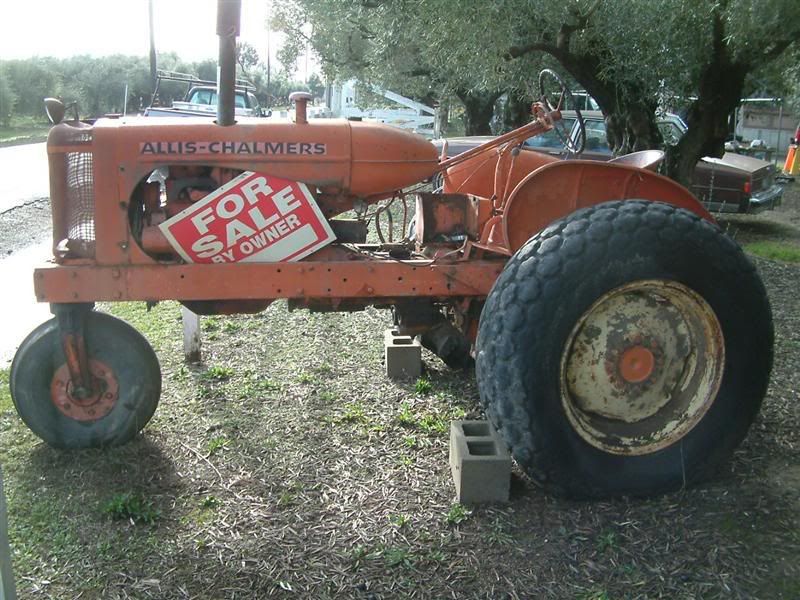Here in Australia, John Deere have recently released the 5020 series full frame designed tractors, which seems to be the smaller version of the 6020 series. I have the impression that the 5020 tractors in the US might be a different model, I am not sure. Anyway, reading the John Deere speel about the full frame design, it sounds pretty good.
The main advantage I see is to the manufacturing side of things, being able to assemble tractors using a modular approach, thus allowing for more combinations of transmissions and engines. One advantage they claim is that the frame takes the load off of the transmission and engine housings, and enables tractors to therefore be made lighter. I am not sure this is a great thing with lighter tractors in the 50-100hp, because for loader and farm work, you usually want a bit more weight rather than less. Having a bolt on frame in some of the sticky, clay country we have around here, to my mind might also provide a few more nooks and crannies for mud to get caked in, but that is only a minor thing.
What I am wondering is why if this is such a good and cost effective way to make tractors, why haven't the other tractor companies copied it, and why wasn't it done before? It seems a pretty obvious idea, so why did they start making tractors with load bearing transmission and engine housings in the first place instead of having a frame?
The main advantage I see is to the manufacturing side of things, being able to assemble tractors using a modular approach, thus allowing for more combinations of transmissions and engines. One advantage they claim is that the frame takes the load off of the transmission and engine housings, and enables tractors to therefore be made lighter. I am not sure this is a great thing with lighter tractors in the 50-100hp, because for loader and farm work, you usually want a bit more weight rather than less. Having a bolt on frame in some of the sticky, clay country we have around here, to my mind might also provide a few more nooks and crannies for mud to get caked in, but that is only a minor thing.
What I am wondering is why if this is such a good and cost effective way to make tractors, why haven't the other tractor companies copied it, and why wasn't it done before? It seems a pretty obvious idea, so why did they start making tractors with load bearing transmission and engine housings in the first place instead of having a frame?



